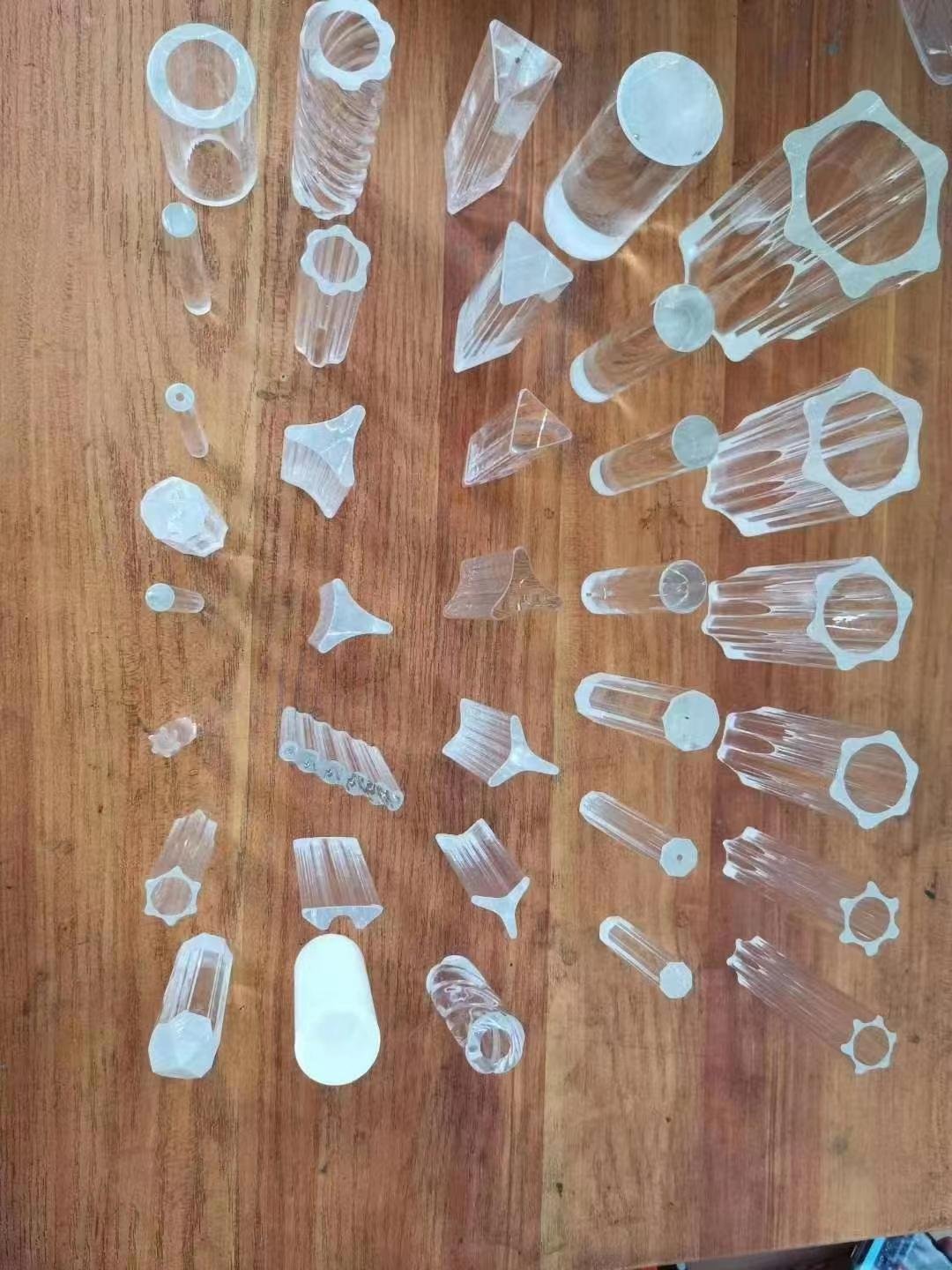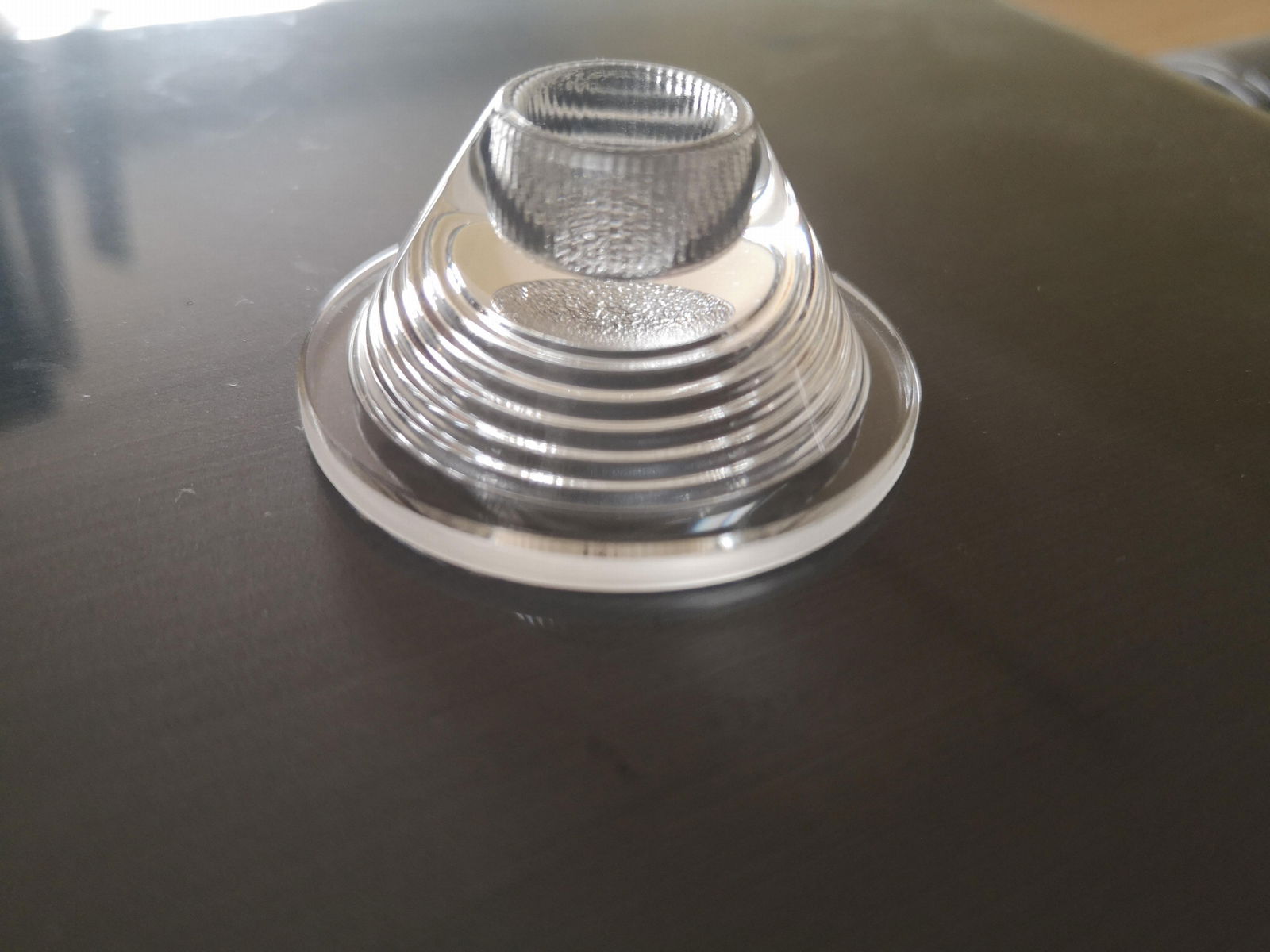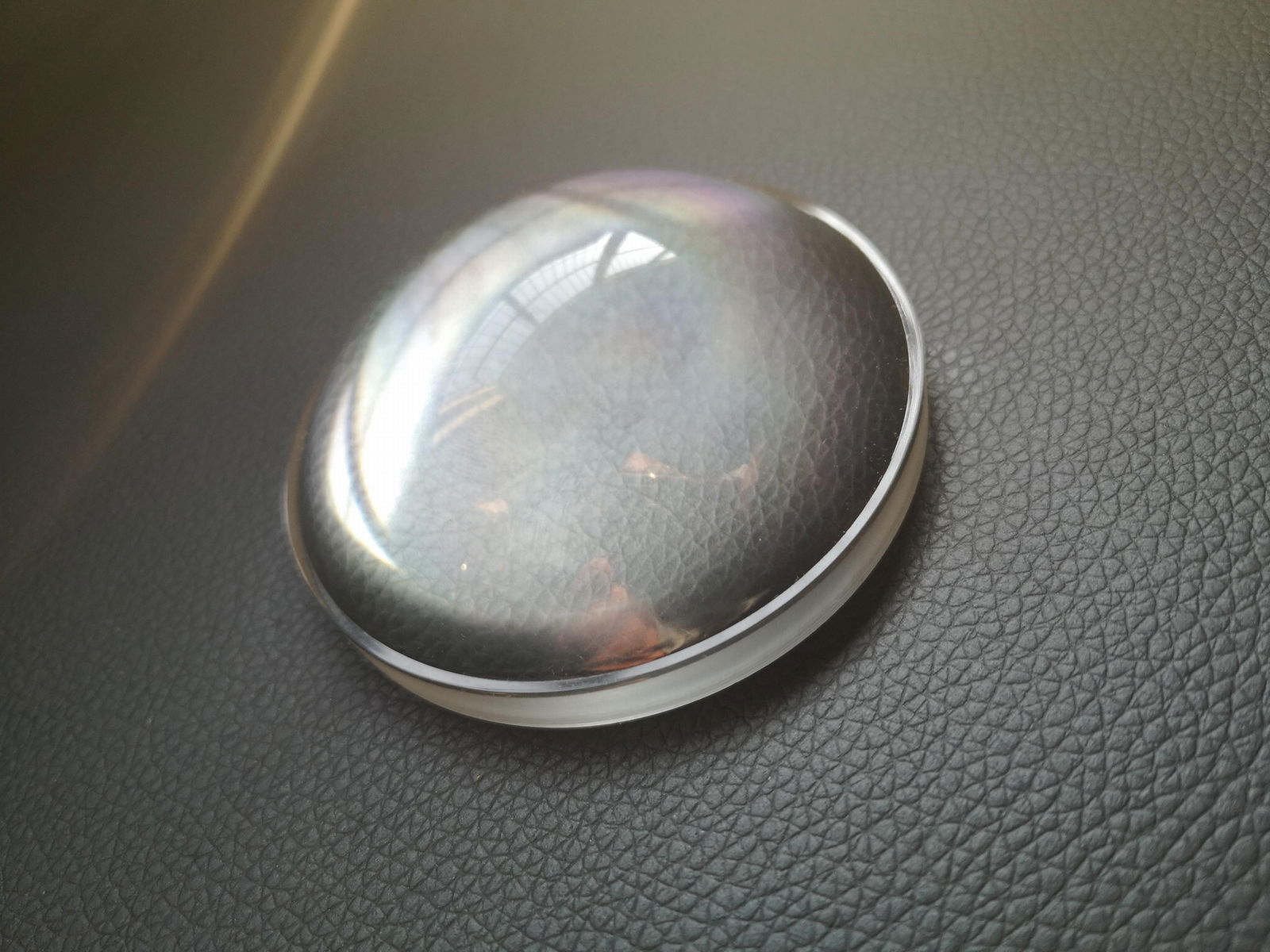Borosilicate pressed light column optical glass accessories UV printe
Product Description
3.3 High borosilicate glass is currently used in the manufacture of chemical corrosion prevention equipment and pipe fittings, glass instruments for laboratory ideal materials. 3.3 High borosilicate glass is short for borosilicate glass with expansion coefficient of (3.3±0.1) ×10-6/K-1, generally known as Pyrex glass.
Standard IS03587 states that glass tubes and fittings for chemical equipment shall be made of 3.3 high borosilicate glass
Shandong Siregold Material Technology Co., LTD. Glass pipes and equipment are all manufactured with standard 3.3 high borosilicate glass.
Heat resistance of glass
Glass is a poor conductor and brittle material. But 3.3 high borosilicate glass is different, because the chemical composition of 12.7% B2O3, its high thermal stability.
IS03587 stipulates:
Diameter < Φ100mm high borosilicate glass products, heat resistant impact temperature does not exceed 120℃;
High borosilicate glass products with diameter > Φ100mm, the heat shock temperature does not exceed 11O℃.
When the glass equipment is heated to more than 100℃, it should be protected to avoid splashing cold water on the glass equipment, so as to avoid cracking.
Under constant pressure (20℃-100℃)
Heat transfer performance
Average thermal conductivity: (20-100℃) λ = 1.2Wm-1K-1
Average specific heat: Cp=0.98Jg-1K-1
Glass tube alternating heat exchanger
K = 222.24Vt0.5038(pipe length of water-water system)
K = 505.36VB0.2928(shell path of water-water system)
K = 370.75Vb0.07131(shell path of steam-water system)
Glass coil heat exchanger
K: 334.1VC0.1175(coil for water-water system)
K: 264.9VB0.1365(shell path of water-water system)
K=366.76VC0.1213(steam-drainage coil)
The heat transfer area of glass tube condenser must be sufficient, otherwise the secondary steam entering the condenser is difficult to be completely cooled, and the evaporation temperature rises, thus reducing the production capacity. In addition to the appropriate heat transfer coefficient of glass tube condenser, some factors that directly affect the heat transfer effect can not be ignored when calculating the heat transfer area of condenser. Here is a brief introduction.
(1) Influence of heat released by glass tube condenser on the effect of condenser
The condensate water on the shell side of the multi-effect evaporator is usually discharged from the condenser together with the condensate water on the shell side of the condenser (in this way, the structure of the device is simple and energy saving). Because the temperature of condensate water on the side of the effect body is higher than that on the side of the condenser shell, the vacuum degree is high. When condensate water enters the shell side of glass tube condenser, it will release a certain amount of heat due to its own evaporation. Therefore, when calculating the heat transfer area of glass tube condenser, this part of heat should be included in the calculation.
(2) The influence of steam extracted from the non-condensable gas interface of each effect on the condenser
The multi-effect evaporation equipment generally has two non-condensible gas interfaces in each effect shell path to extract the non-condensible gas in the shell path. The upper and lower condensate interfaces are directly connected to the steam inlet of the glass tube condenser. Each effector absorbs steam on the shell side and material on the tube side. When the noncondensing gas is drawn from the noncondensing gas interface, a certain amount of heated steam is taken away. This is because, in theory, the heating process is calculated according to the heat balance. There is no excess heating steam on the side of the shell. In fact, each effector can be regarded as a glass tube condenser heating the steam, it is impossible not to have a margin, because the heat loss is also taken into account in the calculation process.
(3) Influence of material preheater on condenser
The temperature of the material before entering the evaporation equipment is low, and it needs to be preheated gradually to reach the boiling point or above. For three-effect materials, materials with low temperature generally need to be preheated in four stages. The preheating above the final effect separator is preheating, that is, the coil type material preheater is set separately. The preheater uses the secondary steam generated to preheat the material. The other three stages of preheating are performed on the shell sides of the three effector. Therefore, this part of heat should be deducted when calculating the heat transfer area of glass tube condenser.
Product Image

Img 1

Img 2

Img 3

Img 4

Img 5
Send Inquiry to this Member
This member assumes full responsibility for the content of this listing. DIYTrade accepts no responsibility whatsoever in respect of such content.
To report fraudulent or illegal content, please
click here.
China Suppliers Quick Searching:
,